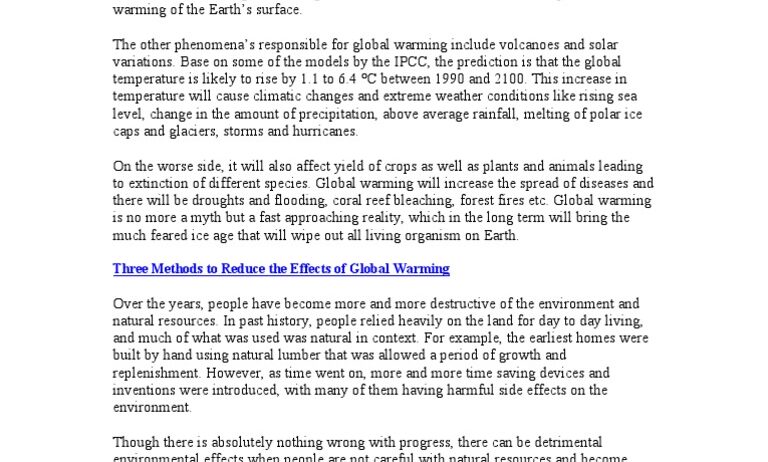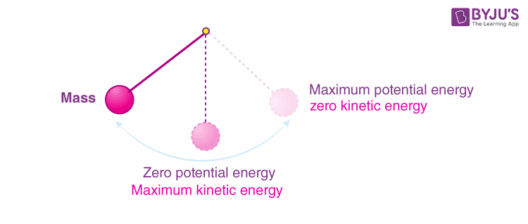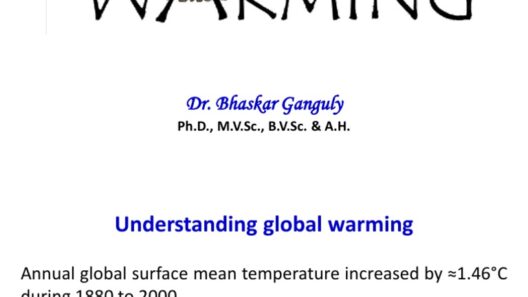Global warming, an insidious consequence of climate change, poses a substantial threat to our planet, impacting ecosystems, sea levels, and weather patterns. To combat its pervasive effects, a multifaceted approach employing proven strategies is crucial. These strategies encompass a variety of sectors, from energy production to individual lifestyle choices, and must not only mitigate but also reverse the deleterious effects. Herein, we delve into various methodologies that can be adopted to ameliorate the repercussions of global warming.
1. Transitioning to Renewable Energy
One of the most impactful strategies in reducing global warming is the transition from fossil fuels to renewable energy sources. Solar, wind, hydroelectric, and geothermal energy systems present sustainable alternatives that produce little to no greenhouse gas emissions. The implementation of solar panels and wind turbines on both individual homes and industrial scales can significantly decrease reliance on carbon-intensive energy sources. Moreover, governments can incentivize the adoption of renewables through tax breaks or subsidies, thus accelerating their integration into the energy market.
2. Enhancing Energy Efficiency
Improving energy efficiency is a pivotal strategy for mitigating global warming. This can be achieved through innovations in building designs, industrial processes, and transportation. Implementing high-efficiency appliances, utilizing LED lighting, and upgrading insulation in homes can considerably reduce energy consumption. In industrial settings, adopting advanced technologies and practices such as combined heat and power (CHP) systems can lead to remarkable efficiency gains, helping to lower emissions across sectors.
3. Reforestation and Afforestation
The role of forests in sequestering carbon dioxide is paramount. Reforestation—restoring trees to areas where they have been cut down or destroyed—and afforestation—planting trees in previously barren land—are critical strategies for carbon capture. Engaging local communities in tree planting initiatives not only enhances biodiversity but also fosters a connection between people and their environment. Additionally, successful forestry management practices can optimize the carbon storage capacity of existing forests, further combating atmospheric CO2 levels.
4. Sustainable Agriculture
Shifting toward sustainable agricultural methods can profoundly influence the reduction of global warming effects. Techniques such as agroforestry, crop rotation, and organic farming minimize emissions while enhancing soil health. By significantly reducing the use of synthetic fertilizers and pesticides, sustainable agriculture helps in maintaining the terrestrial carbon sink. Moreover, investing in research on climate-resilient crops can assist farmers in adapting to changing climates, ensuring food security in our volatile environment.
5. Promoting Public Transportation and Alternative Mobility
Transportation is widely recognized as a significant contributor to greenhouse gas emissions. To counter this, promoting public transportation systems is essential. Cities that invest in efficient and accessible transit options, including buses, trains, and cycling infrastructure, reduce reliance on personal vehicles, thereby decreasing emissions. Furthermore, incentivizing electric vehicles (EVs) through rebates and developing the necessary charging infrastructure can facilitate a monumental shift in urban mobility, promoting a cleaner, greener lifestyle.
6. Waste Reduction and Recycling
Another effective strategy for reducing global warming’s effects lies in minimizing waste and enhancing recycling efforts. Landfills are substantial sources of methane, a potent greenhouse gas. Communities can substantially lessen waste generation by adopting practices such as composting organic matter, implementing strict recycling programs, and encouraging the use of reusable products. Furthermore, businesses can adopt circular economy principles, where materials are reused, refurbished, and recycled, thereby extending their lifecycle and diminishing the demand for virgin resources.
7. Carbon Pricing
Implementing mechanisms such as carbon pricing serves to internalize the environmental cost associated with carbon emissions. By imposing a fee on carbon emissions, industries are incentivized to innovate and adopt cleaner technologies. Carbon markets can facilitate the trading of carbon credits, allowing companies to offset their emissions by investing in carbon reduction projects. This market-driven approach could accelerate the transition to a low-carbon economy while simultaneously raising funds for sustainable development initiatives.
8. Education and Public Awareness
Raising awareness about the causes and effects of global warming is crucial for inspiring collective action. Educational initiatives can empower individuals and communities to adopt sustainable practices in their everyday lives. Schools can incorporate climate education into their curriculums, instilling a sense of responsibility in younger generations. Social media campaigns can disseminate information rapidly and broadly, fostering community engagement and encouraging participation in grassroot movements.
9. Supporting Climate Policies and Agreements
Collective international action is indispensable in the fight against global warming. Supporting policies and agreements that aim to limit emissions, such as the Paris Agreement, can promote global cooperation. Countries must commit to ambitious targets to reduce their carbon footprint and should share best practices and technologies. Through collaborative efforts, nations can bolster resilience against climate change and foster sustainable economic growth.
10. Emphasizing Technological Innovation
Innovation plays a crucial role in the quest to mitigate global warming. Research and development in carbon capture and storage (CCS) technologies can provide pathways for reducing greenhouse gas concentrations in the atmosphere. Moreover, advancements in battery technologies can enhance energy storage systems, facilitating the integration of intermittent renewable energy sources. Harnessing artificial intelligence and big data can optimize energy management and resource efficiency across various sectors.
In conclusion, the battle against global warming requires a comprehensive and multifaceted strategy that engages every level of society, from governmental policies to individual choices. By implementing these proven strategies, we can take significant strides toward reducing the adverse effects of global warming, preserving our planet for future generations. The time to act is now, and it is imperative to foster a sense of urgency and responsibility in addressing this pressing global challenge.








